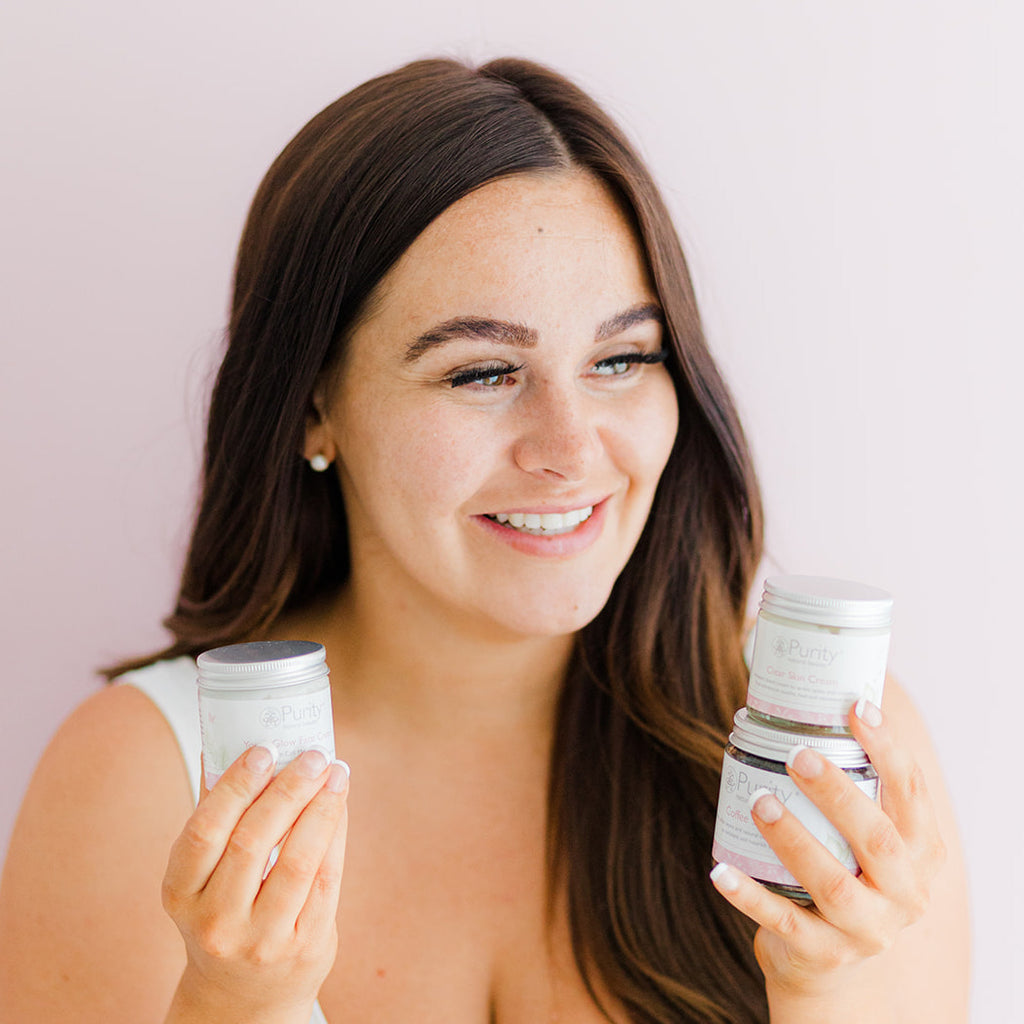
The Rise of Clean Beauty: Embracing Simplicity and Sustainability
In recent years, the beauty industry has witnessed a significant transformation, with clean beauty emerging as a powerful trend. This movement emphasizes simplicity, transparency, and sustainability, appealing to a growing number of consumers who prioritize health and environmental consciousness in their beauty routines. According to a report by Global Cosmetics News, there's been a marked increase in consumer demand for beauty products that not only enhance aesthetics but also respect the planet.

What is Clean Beauty?
Clean beauty refers to products that are formulated without harmful ingredients, focusing instead on natural, non-toxic components. Brands are increasingly adopting this philosophy, offering products that not only enhance beauty but also promote skin health and environmental sustainability. Notable brands like Saie and Kosas have made headlines for their commitment to clean formulations, showcasing ingredients that are effective yet gentle on the skin.
The Shift Towards Minimalism
The clean beauty movement is closely tied to the concept of skinimalism, where consumers are opting for fewer, high-quality products that deliver multiple benefits. Recent studies indicate that 75% of households are now purchasing three or fewer skincare products, reflecting a cultural shift towards minimalism. This approach not only reduces waste but also simplifies daily routines, making beauty more accessible and less overwhelming. As Angela Medina, director of sales at Jojoba Desert, states, “We’re moving toward real-time, condition-based personalization,” which aligns with the minimalist ethos by ensuring that every product serves a purpose.

Sustainable Practices in Clean Beauty
Sustainability is at the heart of the clean beauty movement. Brands are increasingly using eco-friendly packaging, sourcing ingredients responsibly, and ensuring their production processes are environmentally friendly. For instance, Saie and Kosas are leading the charge by creating products that are not only effective but also kind to the planet. The emphasis on sustainable practices resonates well with consumers who are more aware of the environmental impact of their purchases. In a recent survey, 60% of consumers reported that they are willing to pay more for sustainable beauty products, highlighting the shift towards eco-conscious consumption.

Empowering Consumers
The rise of clean beauty empowers consumers to make informed choices about the products they use. With increased access to information about ingredients and their effects, individuals can select products that align with their values and skin needs. This empowerment fosters a deeper connection between consumers and brands, as transparency becomes a key factor in purchasing decisions. As Francesca Pascucci, Global Marketing Director at Beiersdorf, points out, “Consumers now require tangible proof of efficacy for the products they choose, supported by reliable scientific data.”
Furthermore, the clean beauty trend encourages brands to be more transparent in their marketing efforts. Certifications, ingredient lists, and sustainability practices are now part of the conversation, allowing consumers to feel confident in their choices. This movement towards transparency not only builds trust but also fosters a sense of community among consumers who are committed to sustainable and healthy beauty practices.
Clean Beauty and Technology
The integration of technology within the clean beauty realm is also noteworthy. The beauty industry is increasingly leveraging artificial intelligence and augmented reality to enhance the consumer experience. AI algorithms can analyze skin conditions and recommend personalized product regimens, while AR allows consumers to virtually try products before purchasing. This combination of technology and clean beauty ensures that consumers not only get products that are good for their skin but also tailored to their specific needs.
Conclusion
As we move further into 2025, the clean beauty trend is set to grow, driven by consumer demand for simplicity, sustainability, and efficacy. Brands that prioritize these values will not only thrive but also contribute to a more responsible and conscious beauty industry. Embracing clean beauty is not just a trend; it's a lifestyle choice that celebrates natural beauty and respects our planet.
The clean beauty movement symbolizes a broader cultural shift towards wellness and environmental responsibility, compelling consumers to rethink their beauty routines. With more options available than ever, the future looks bright for those who are eager to embrace simplicity and sustainability in their beauty regimes.
As the beauty landscape continues to evolve, clean beauty stands as a testament to the power of consumer choice in shaping industries. This movement is more than just a response to market trends; it is a declaration of values, a commitment to health, and a promise to protect our planet for future generations.